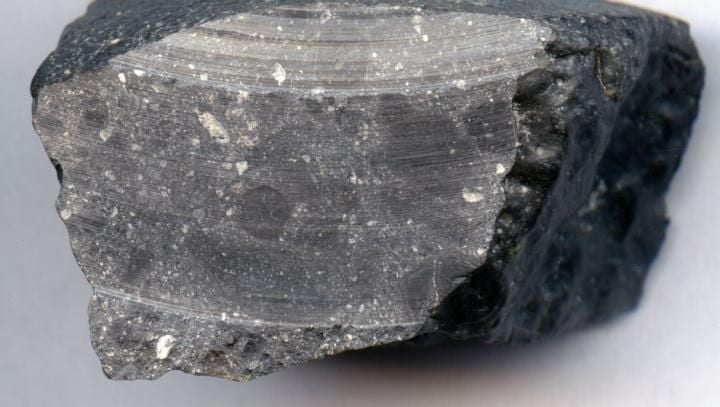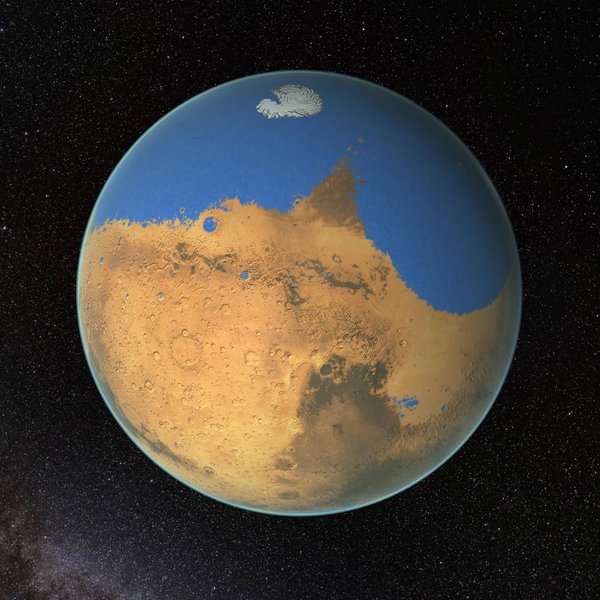Meteorites often offer terrific glimpses into worlds we are unable to otherwise access. Sometimes those worlds are simply fragments of asteroids that didn't burn up when they entered the atmosphere. But sometimes, they come from the Moon or Mars. Part of what makes these types of meteorites interesting is that they don't necessarily come from what we now think of as two of our nearest neighbors. Fragments of meteorites that end up on Earth act as a kind of time capsule, allowing us to understand the geological environment of the world when the meteorite was formed.
A meteorite found in the Sahara desert a few years ago is exactly that type of time capsule. Named NWA 7533 (named after "North West Africa", not the 80s rap group), this meteorite came from Mars about 4.4 billion years ago. A team led by Profs Zhengbin Deng at the University of Copenhagen and Takashi Mikouchi at the University of Tokyo have found evidence that the impact the created NWA 7533 most likely took place in the presence of water.
This discovery lends credibility to a novel theory in the planetary science community - that water occurs as part of the natural planetary formation process rather than being deposited on a planet or moon by asteroids or comets. Current estimates for the date of water's appearance on Mars put it around 3.7 billion.) years ago. Increasing that estimate by 700 million years has significant implications for theories about how Mars developed, as well as any previous biosphere on the planet.
The scientists involved in the research came to this conclusion by obtaining a 50g sample of the meteorite and running it through a battery of spectroscopy tests. One common material they found was igneous clasts, a type of fragmented rock that are "commonly caused by impacts and oxidation" says Dr. Mikouchi. Impacts in the presence of water tend to have the oxidation profile that is necessary to form the kind of igneous clasts seen in the meteorite. Therefore, the researchers concluded that the impact that formed NWA7533 and eventually sent it to the Sahara desert, took place on a much wetter version of Mars.
The paper discussing the team's findings is available in Science Advances, and has implications for much more than just the presence of water on Mars. Modeling that attempts to quantify the likelihood of life evolving elsewhere in the galaxy would also require an update. Any further updates will require more data, but luckily there are plenty more meteorites out there left to discover.
Learn More:
University of Tokyo : Water on ancient Mars
Science Daily: Water may be naturally occurring on all rocky planets
UT: It Rained So Hard on Ancient Mars that Craters Filled Up and Overflowed
 Universe Today
Universe Today

